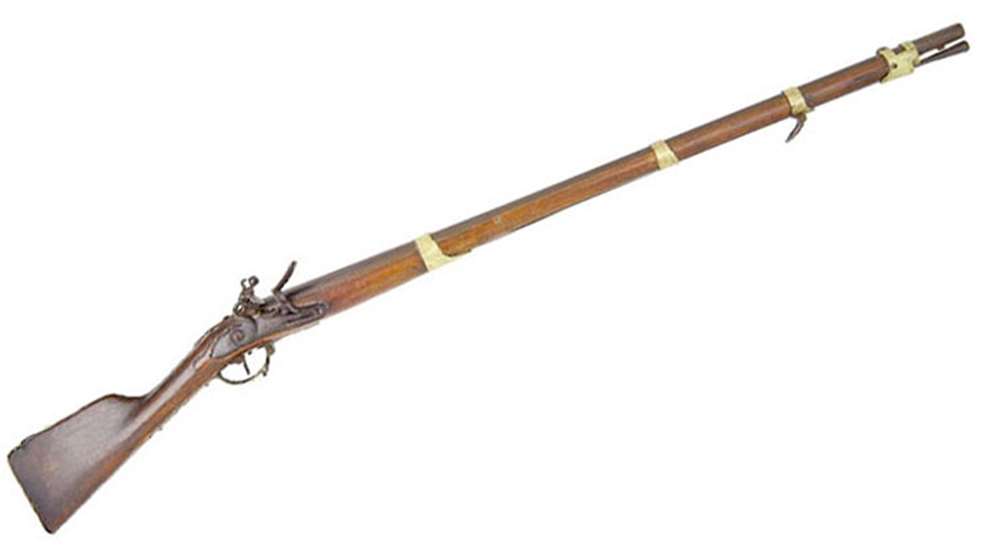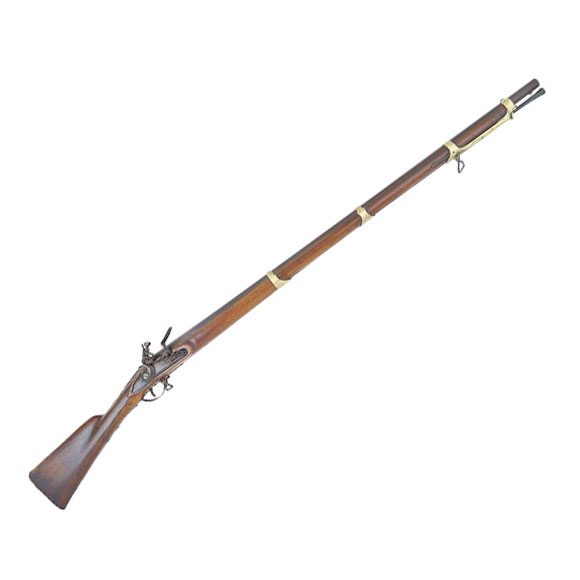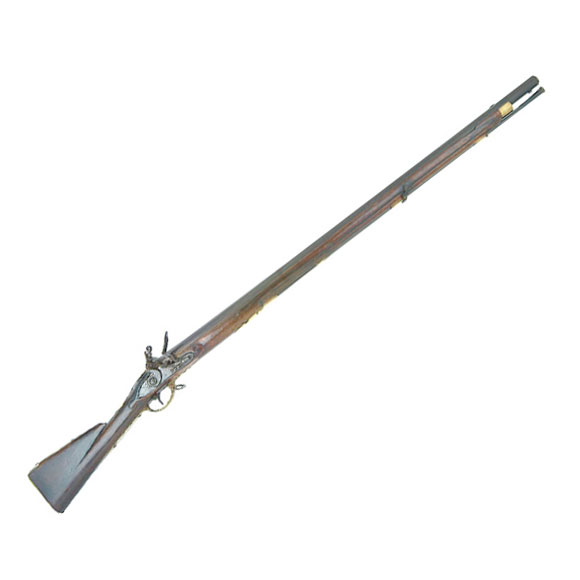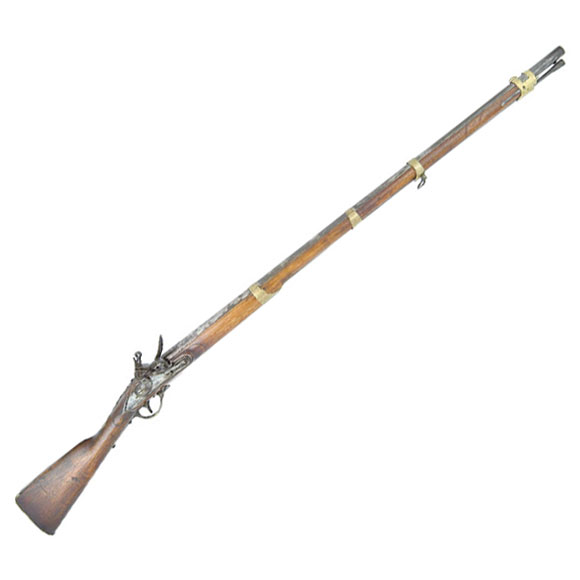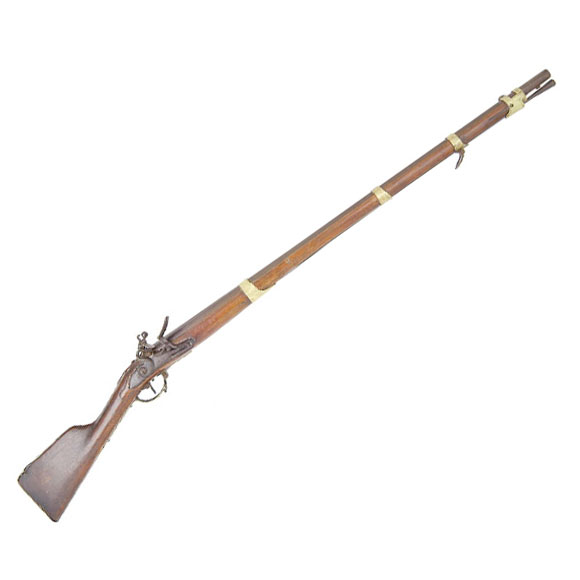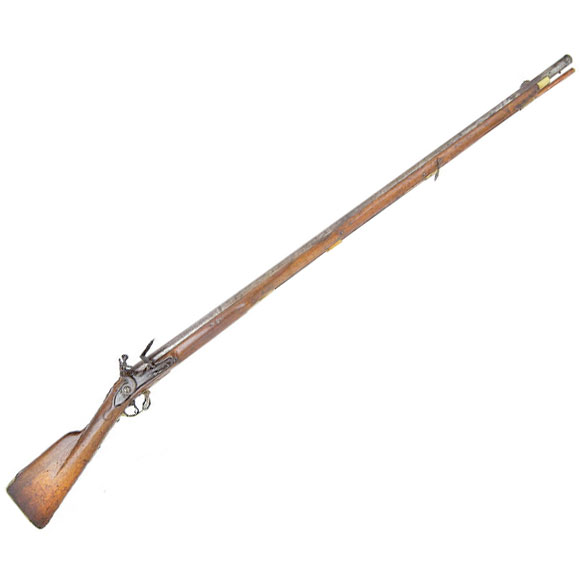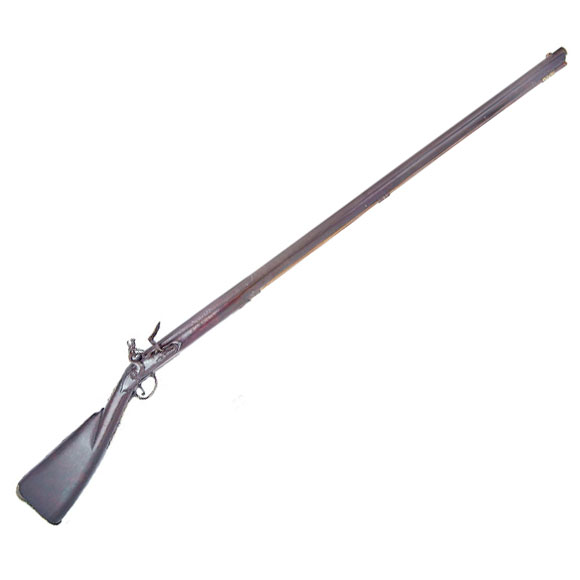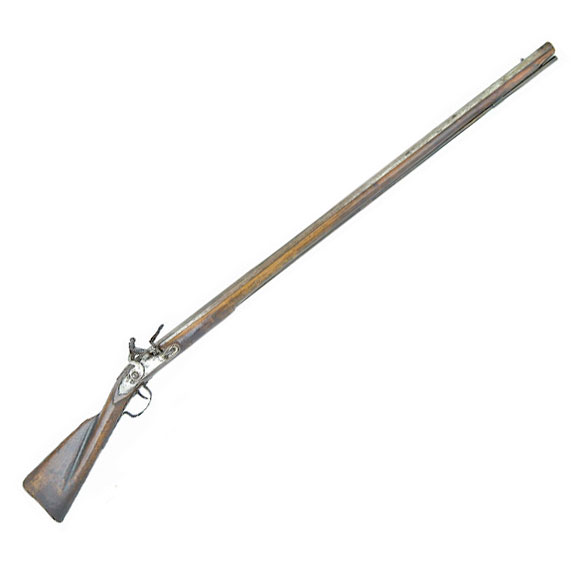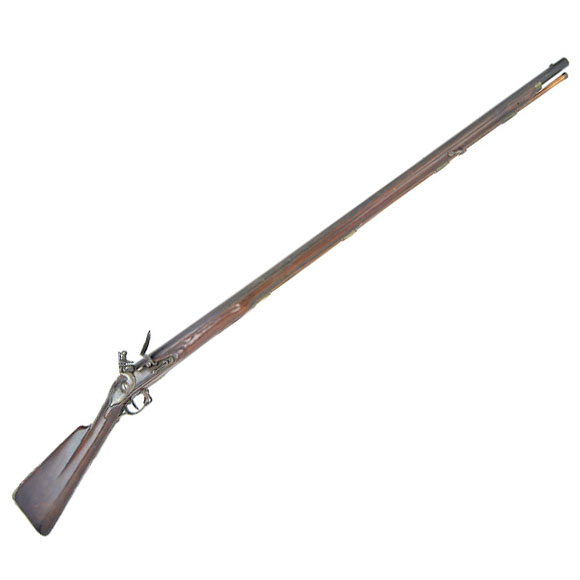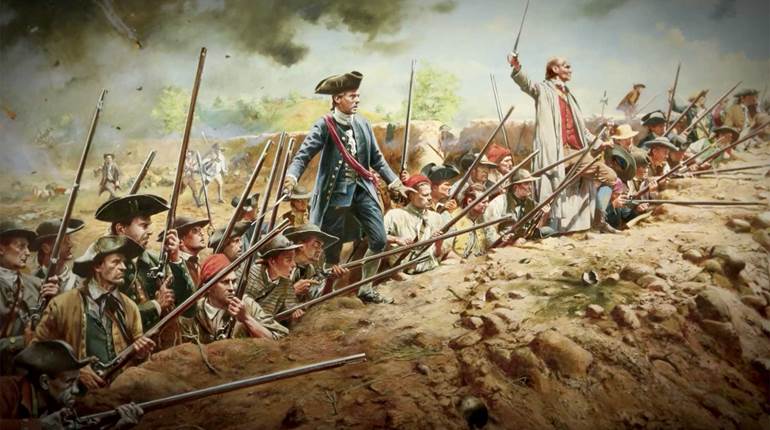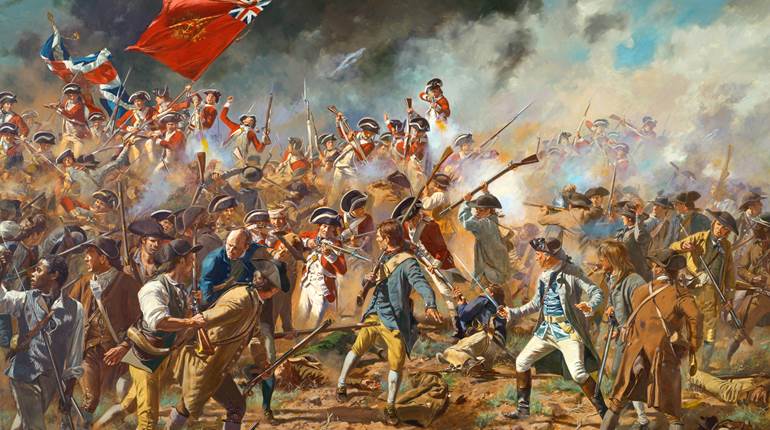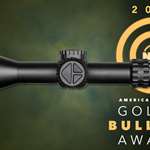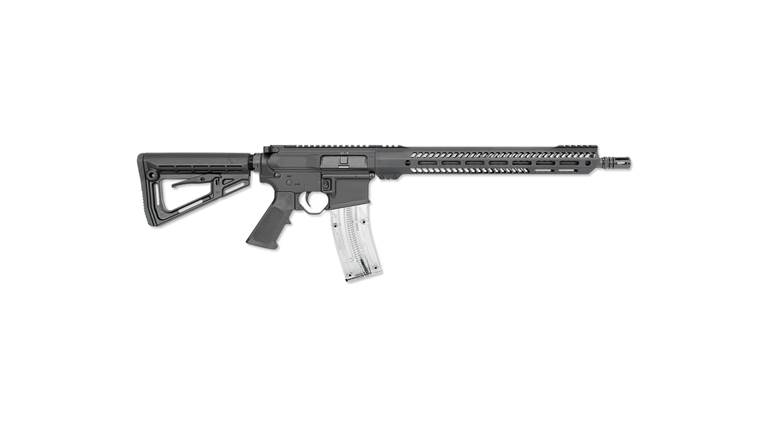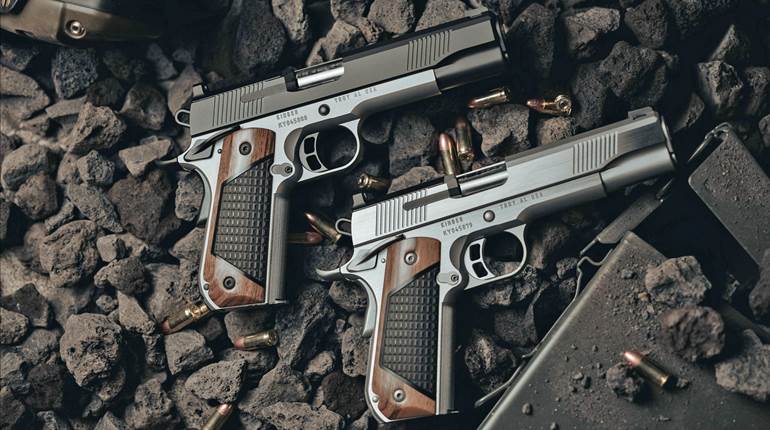European aid to the American rebels included obsolete and marginal arms from previous wars stretching back into the late 1600s, as with this circa 1680-1700 Dutch musket. The Netherlands manufactured firearms mostly in Amsterdam, Rotterdam and Maastricht. They also regularly placed supplemental contracts at Liege, Solingen, Suhl, and Zella. This economical example has a two-screw lock with a squared tail, a rounded frizzen top, a rectangular pan (no bridles), and a short frizzen spring lacking an end finial. The Amsterdam stamp appears on the octagon breech while an escutcheon, sideplate, tail pipe and buttplate are omitted, suggesting wartime production. Stocked to the muzzle, it required a plug bayonet.
